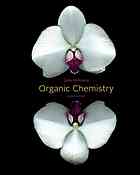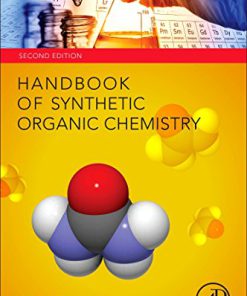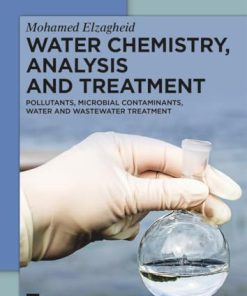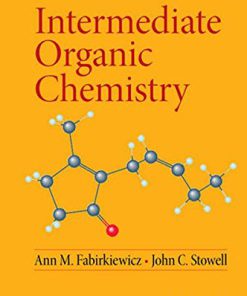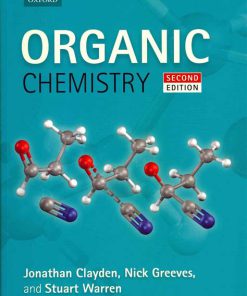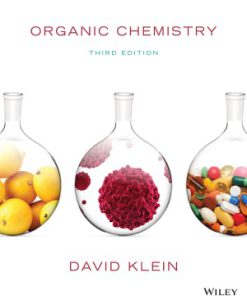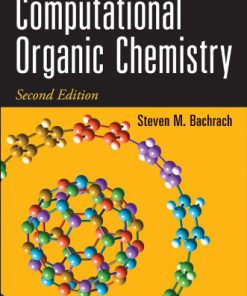Organic Chemistry 25 Must Know Classes of Organic Compounds De Gruyter Textbook 2nd Edition by Mohamed Elzagheid 3111383309 9783111383309
$50.00 Original price was: $50.00.$25.00Current price is: $25.00.
Organic Chemistry 25 Must Know Classes of Organic Compounds De Gruyter Textbook 2nd Edition by Mohamed Elzagheid – Ebook PDF Instant Download/DeliveryISBN: 3111383309, 9783111383309
Full download Organic Chemistry 25 Must Know Classes of Organic Compounds De Gruyter Textbook 2nd Edition after payment.
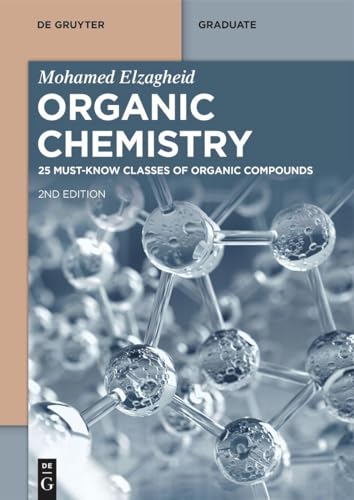
Product details:
ISBN-10 : 3111383309
ISBN-13 : 9783111383309
Author: Mohamed Elzagheid
Organic Chemistry: 25 Must-Know Classes of Organic Compounds covers the main organic compounds. It includes aliphatic and aromatic hydrocarbons, halide, oxygen, nitrogen, and sulfur-containing compounds. It presents heterocyclic compounds and common organic mechanisms and describes carbonyl compounds, organic polymers and organic molecules with applications in medicinal chemistry.
Organic Chemistry 25 Must Know Classes of Organic Compounds De Gruyter Textbook 2nd Table of contents:
Chapter 1 Introduction
Objectives
1.1 Organic Chemistry
1.2 Functional Groups
1.3 Drawing Chemical Structures
1.4 Branches of Chemistry
1.5 Branches of Organic Chemistry
1.6 Carbon Hybrid Orbitals
1.6.1 The sp3 Hybrid Orbital
1.6.2 The sp2 Hybrid Orbital
1.6.3 The sp Hybrid Orbital
1.7 The Nature of Chemical Bonding
1.7.1 Ionic Bonds
1.7.2 Covalent Bonds
1.8 Essential Terms
1.9 Problems
Chapter 2 Aliphatic Hydrocarbons
Objectives
2.1 Introduction
2.2 Naming of Alkanes, Alkenes, Dienes, and Alkynes
2.3 Alkyl Groups
2.4 Cycloalkanes and Cycloalkenes (Alicyclic or Aliphatic Cyclic Compounds)
2.5 Haloalkanes (Alkyl Halides)
2.6 Physical Properties of Alkanes, Alkenes, and Alkynes
2.7 Reactions of Alkanes, Alkenes, Dienes, and Alkynes
2.8 Natural Gas and Petroleum
2.9 Polymers Made from Alkenes, Dienes, and Alkene Derivatives
2.10 Essential Terms
2.11 Problems
Chapter 3 Aromatic Hydrocarbons
Objectives
3.1 Structure of Benzene
3.2 Nomenclature (Naming) of Benzene and Benzene Derivatives
3.3 Polynuclear Aromatic Hydrocarbons
3.4 Electrophilic Aromatic Substitution (Benzene and Benzene Derivatives)
3.5 Physical Properties of Benzene and Benzene Derivatives
3.6 Preparation and Reactions of Benzene Derivatives
3.6.1 Halobenzenes (Aryl Halides)
3.6.2 Hydroxybenzenes (Phenols)
3.7 Industrial Applications of Benzene and Benzene Derivatives
3.8 Essential Terms
3.9 Problems
Chapter 4 Amines, Alcohols, Thiols, Ethers, Sulfides, and Heterocyclic Compounds Containing Nitrogen, Oxygen, and Sulfur
Objectives
4.1 Amines
4.1.1 Physical Properties of Amines
4.1.2 Preparation of Amines
4.1.3 Industrial Sources
4.1.4 Reactions of Amines
4.2 Alcohols
4.2.1 Structure and Nomenclature of Alcohols
4.2.2 Physical Properties of Alcohols
4.2.3 Preparation of Alcohols
4.2.4 Reactions of Alcohols
4.2.5 Polyhydroxy Alcohols
4.3 Thiols (Mercaptans)
4.3.1 Structure and Nomenclature of Thiols
4.3.2 Physical Properties of Thiols
4.3.3 Preparation and Reactions of Thiols
4.4 Ethers
4.4.1 Structure and Nomenclature of Ethers
4.4.2 Physical Properties of Ethers
4.4.3 Preparation of Ethers
4.4.4 Reactions of Ethers
4.5 Sulfides
4.5.1 Structure and Nomenclature of Sulfides
4.5.2 Preparation and Reactions of Sulfides
4.6 Heterocyclic Compounds Containing Nitrogen, Oxygen, and Sulfur
4.6.1 Nomenclature of Heterocyclic Compounds
4.6.2 Reactions of Heterocyclic Compounds
4.7 Essential Terms
4.8 Problems
Chapter 5 Aldehydes and Ketones
Objectives
5.1 Structure and Nomenclature of Aldehydes and Ketones
5.2 Physical Properties of Aldehydes and Ketones
5.3 Preparation of Aldehydes and Ketones
5.4 Reactions of Aldehydes and Ketones
5.5 Essential Terms
5.6 Problems
Chapter 6 Carboxylic Acids and Their Derivatives
Objectives
6.1 Carboxylic Acids
6.1.1 Structure and Nomenclature of Carboxylic Acids
6.1.2 Physical Properties of Carboxylic Acids
6.1.3 Long-Chain Carboxylic Acids (Fatty Acids)
6.1.4 Amino Carboxylic Acids (Amino Acids)
6.1.5 Reactions of Carboxylic Acids
6.2 Dicarboxylic Acids
6.3 Carboxylic Acid Derivatives
6.3.1 Structure and Nomenclature of Carboxylic Acids Derivatives
6.3.2 Physical Properties of Carboxylic Acids Derivatives
6.3.3 Reactions of Carboxylic Acids Derivatives
6.4 Essential Terms
6.5 Problems
Chapter 7 Organic Polymers
Objectives
7.1 Notation and Nomenclature of Organic Polymers
7.2 Polymers Architecture
7.3 Polymers Morphology
7.4 Polymerization Reactions
7.5 Polymer Stereochemistry (Tacticity)
7.6 Commodity Polymers
7.7 Copolymers
7.8 Essential Terms
7.9 Problems
Chapter 8 Stereochemistry Topics and Concepts
Objectives
8.1 Stereochemistry and Isomers
8.2 The Homologous Series
8.2.1 Definition
8.2.2 Characteristics of Homologous Series
8.3 Molecular Chirality
8.4 Stereocenter and Chiral Center
8.5 The E-Z Notational System
8.6 The R-S Notational System
8.7 Racemic Mixture
8.8 Meso Compounds
8.9 D-L Isomers
8.10 Epimers and Epimerization
8.11 Syn-Anti Isomers
8.12 Cis-Trans Isomers
8.13 Exo-Endo Isomerism
8.14 Tautomerism
8.15 Essential Terms
8.16 Problems
Chapter 9 The Most Common Organic Reactions
Objectives
9.1 Carbonyl Group Involved Organic Reactions
9.2 Organic Reactions Involve Carbon-Carbon Double and Triple Bonds
9.3 Organic Reactions Involve Alkyl Halides and Aryl Halides
9.4 Organic Reactions Involve Alcohols
9.5 Essential Terms
9.6 Problems
People also search for Organic Chemistry 25 Must Know Classes of Organic Compounds De Gruyter Textbook 2nd:
organic chemistry midterm quizlet
b- in organic chemistry reddit
is organic chemistry the hardest class
is class 12 organic chemistry easy
do you need calculus for organic chemistry
Tags: Organic Chemistry, Organic Compounds, Mohamed Elzagheid, Gruyter Textbook
You may also like…
Chemistry - Organic Chemistry
Handbook of Synthetic Organic Chemistry 2 ed 2nd Edition Pirrung Michael C.
Chemistry
Chemistry - Organic Chemistry
Chemistry - Organic Chemistry
Organic Chemistry 3rd Edition by David Klein ISBN 9781119338352 1119338352
Biology and other natural sciences
Computational Organic Chemistry 2nd Edition Steven M. Bachrach




